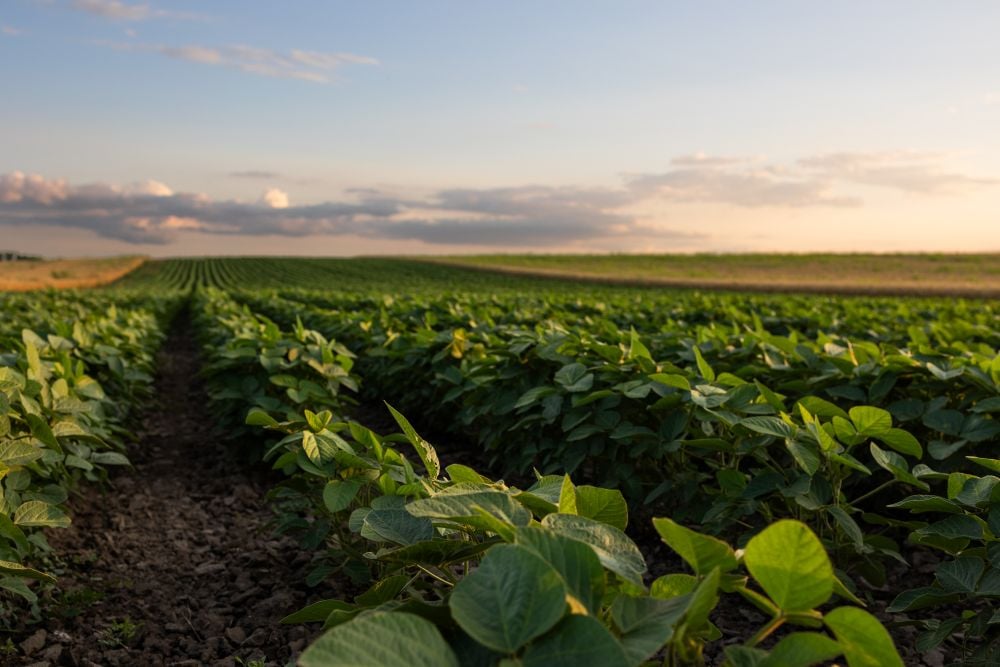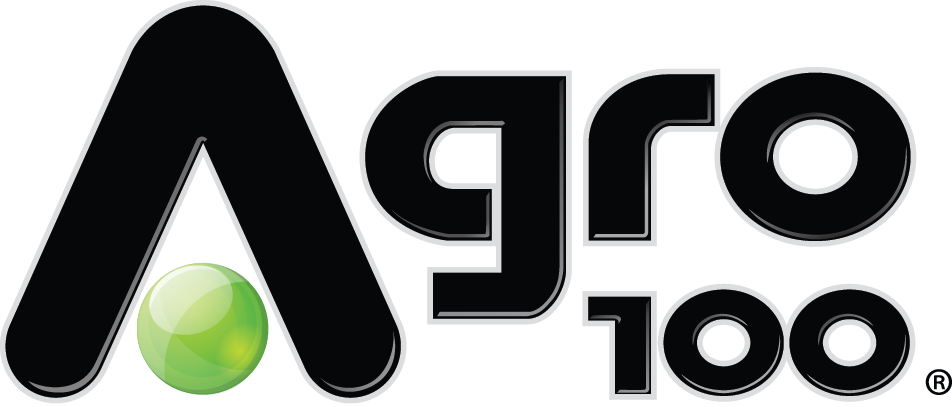Tag Archives livestock feed
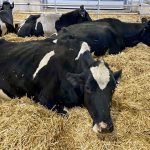
Managing mycotoxins reduces livestock risk
Dairy cattle usually are affected by multiple mycotoxins when levels reach a damaging threshold in feed

Research identifies cow efficiency
Study finds gain-to-feed ratio not the best measurement for cows; ability to maintain condition and calve more important

Livestock producers see relief on feed prices
Corn and soy both on downward trends following record highs, after livestock producers looked to alternatives and new practices or just had to pay more

Charting the return of silage hybrids
Many producers want a broader range of attributes for corn

Oat miller to steer clear of lambda-cy
Grain Millers bans oats treated with insecticide product
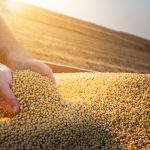
Feed producers, farmers cautioned on trypsin inhibitor exposure

Feed processors get new standards

Ways to identify and prevent pregnancy toxemia in small ruminants
Intake, not percentage, matter when feeding to prevent metabolic disease

Investment in balanced nutrition boosts long-term herd productivity
Optimizing maternal nutrition leads to more efficient and better quality progeny
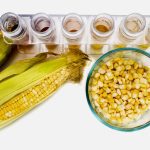
Transgenic corn touted for dairy feed efficiency
Originally developed for the U.S. ethanol industry, Syngenta’s Enogen could benefit dairy producers

